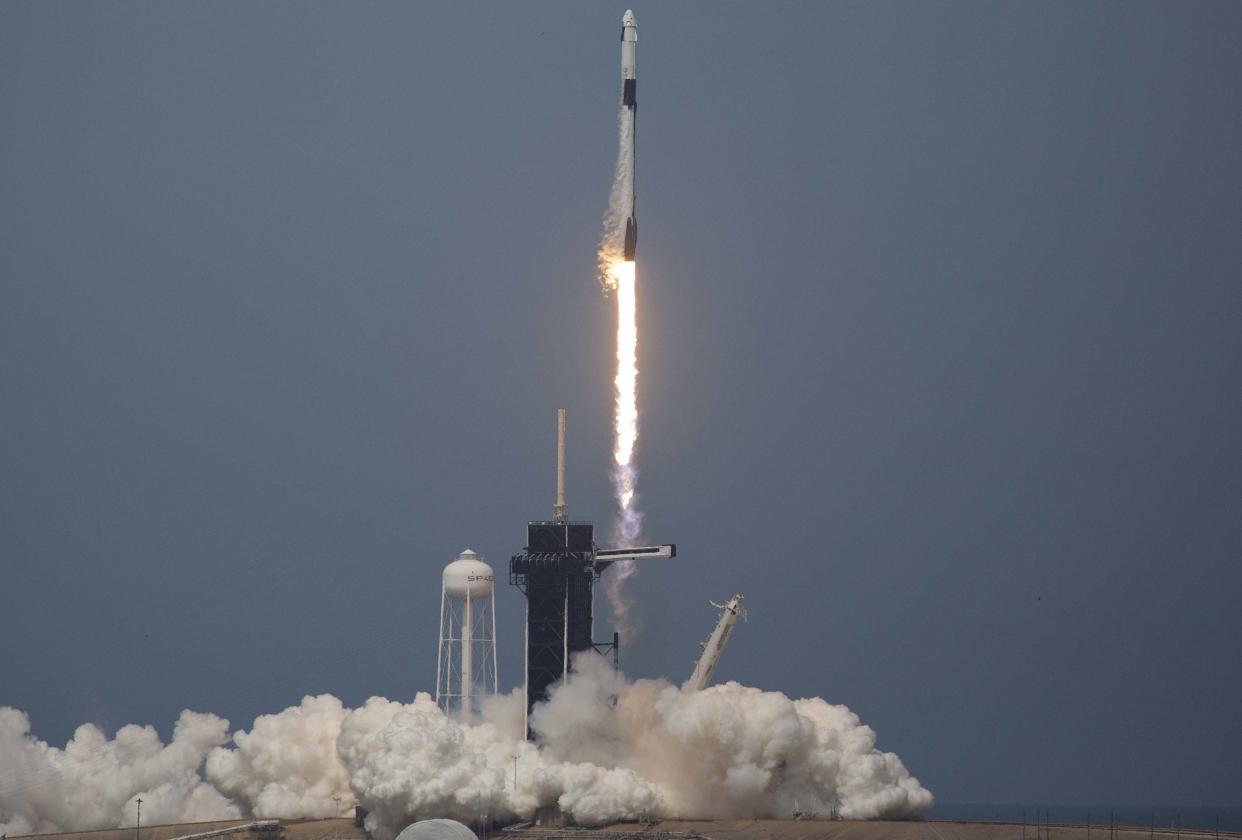SpaceX cleared to resume Falcon 9 launches while FAA investigation remains open

Regulators have given SpaceX the all-clear to return to launch with the Falcon 9 rocket two weeks after the vehicle experienced an anomaly on orbit.
It’s a quick turnaround for the space company, which had to conduct an investigation overseen by the U.S. Federal Aviation Administration, identify the probable cause of the anomaly, and the corrective actions it will take to ensure it doesn’t happen again. This course of action is standard after a rocket launch goes wrong.
SpaceX’s Falcon 9 experienced a rare issue on orbit after a routine launch of a batch of Starlink satellites on July 11. While launch and stage separation proceeded as expected, the second stage experienced a catastrophic issue. Twenty satellites were deployed, but were in an orbit too low to survive. All of the satellites have reentered the atmosphere and burned up.
Late Thursday, SpaceX confirmed in an update posted to its website that the problem was due to a liquid oxygen leak in the insulation surrounding the second stage’s single Merlin engine. That leak was due to a crack in a sensing line connected to the pressure sensor, which developed due to a loose clamp in the line and the strain from engine vibration.
Despite the leak, which occurred during the first firing of the second stage engine on orbit, the mission continued to proceed as normal. But the liquid oxygen made the engine components ultra-cold; as a result, the second attempted firing did not go to plan. Instead of a controlled burn, the engine “experienced a hard start,” SpaceX said, which damaged the engine and caused the upper stage to lose its orientation on orbit.
SpaceX has removed the failed sense line and sensor on the second stage engine for near-term Falcon 9 launches, which are not used in the flight safety system, the company said. The company has already tested the design change at its rocket development facility in McGregor, Texas. The company also conducted additional inspections of all sense lines on its active second stage fleet, leading to “proactive replacement” in some instances, SpaceX added in its update.
Prior to this issue, SpaceX boasted a 335-launch streak across its Falcon family of rockets. That includes 96 successful launches in 2023 and 69 successful launches this year.
While the FAA said in a statement that the overall investigation is still open, SpaceX said it had submitted its mishap report to the regulator.
“After a comprehensive review, the FAA determined no public safety issues were involved in the anomaly that occurred during the SpaceX Starlink Group 9-3 launch on July 11,” the regulator said in a statement to TechCrunch. “This public safety determination means the Falcon 9 vehicle may return to flight operations while the overall investigation remains open, provided all other license requirements are met.”
SpaceX is aiming to conduct its next Falcon 9 launch on July 27. That launch will carry another batch of Starlink satellites to orbit.
